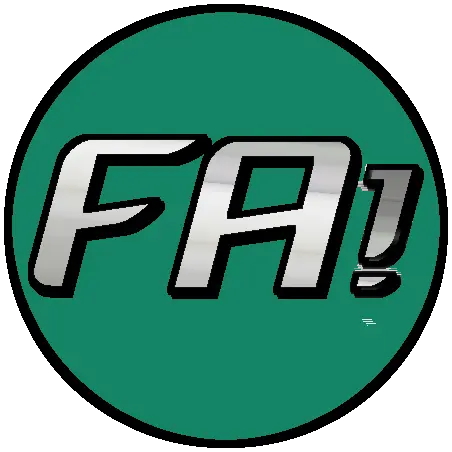One of the other devs asked about the description of the “Independent States of America” in the following passage. They asked if allowing for a southern succession was offensive or inappropriate. How does this read to others?
…
2077 - The American realignment
Following the third contested election in a row, the new governor of Florida declared that the state would no longer send taxes to DC, and began restricting the flow of goods from its coastal and space ports until its preferred candidate was seated as president. DC mobilized the military and national guard, and the governor of Florida demanded the backing of neighboring states. Internal conflicts within the military ranks began to rise as states began taking sides. Alabama’s governor immediately took the side of Florida and other states began forming alliances. Texas and Oklahoma declared joint neutrality. Georgia, South Carolina, North Carolina, and Virginia allied in rejection of Flordabama, despite recognizing many of the same grievances and demanded a peaceful solution. Arkansas, Tennessee, Kentucky, WV, Missouri, Kansas, and Nebraska formed a block in support of the US, as did New England. Mississippi and Louisiana were the most conflicted until an attack on US-loyal soldiers at Camp Powell began a civil war, and Louisiana and Mississippi joined the Texan alliance. The result was a transfer of power from the federal government to four regional state collectives:
Pacifica, made up of the west-coast: California, Oregon, Washington, Nevada, New Mexico and Arizona.
Oyate Ni’na Tan’ka Makobdaye ka Heitanka (ONTMH), made up of Colorado, The Dakotas, Idaho, Kansas, Montana, Nebraska, Utah, Wyoming, and parts of Alberta, Iowa, Manitoba, Minnesota, Missouri, and Saskatchewan.
The Independent States of America, made up of most of the coastal south: Florida, Texas, Alabama, Louisiana, Mississippi, etc.
The United States of America: the remaining states of the north east and central continent remained within the United States, although many formed regional state compacts and much of the authority of the federal government was shifted to these states and their state collectives.


I don’t think this is a terribly big departure, honestly.
First, regarding the American south: I think there was a miscommunication somewhere. The game definitely doesn’t imply that the actual Confederate States of America reconstitutes itself. It just says that during the 70s, the US broke apart, and the result was a handful of regions that adopted their own identities with various levels of cooperation between themselves and other regions. The overall post was meant to ask if the language and the grouping of the south felt too similar to the historical civil war. But to be very clear: the southern states are still assumed to be democratic and pluralistic.
Second, this all happens about fifty years prior to when the game takes place. It’s mostly intended as historical context for what happens between our present and a future in which state power is far weaker everywhere than it is now. Borders are described as very permeable in the game, and far less defined. They exist primarily as a tool of distinguishing who is responsible for maintaining and supporting the health and protection of a territory.
It’s definitely not fully post-state. But the game is meant to be a flexible template. If you wanted to take a version of it and add to it the assumption that state boundaries were dissolved you could.
Also, dissolving state power completely is described as a central goal of the in-game Anarchist movement. I think it’d be interesting to describe one or more nations within the world adopting the anarchist position fully, and dissolving their own state. It’d be particularly interesting, I think, to envision how that would play out in a world where they’re the first (or second or so on) to do so, but they have neighbors who haven’t.
Anyway, I like all those ideas. Even if they’re not directly contained, the visions you’re describing seem to me to be a demonstration that the book is a useful prompt for brainstorming. I take it as a given that a lot of the ideas it inspires are based on noticing where the imagination of the world falls short. So I think this section is largely serving that function well enough that I’m happy to say it’s good enough as is.